We are lucky enough in New England to have an extensive biomass of baitfish and other aquatic life surging around our shores and in our estuaries. From grass shrimp and crabs, to menhaden and sea herring, there is quite a bit of color and shape diversity as well as movement to mimic on the fly. This is largely part of the fun of fly fishing; taking a close look at the environment we are targeting, how the prey behaves in that environment, and then getting creative on the vise in the hopes of bridging the gap between what the targeted fish understands and what we understand. No doubt it's a fun way to attempt to communicate with the species we enjoy so much. Here at the Saltwater Edge, we thought it might be both fun and beneficial to put together a fly tiers log of sorts for common New England baitfish and other critters that the predatory fish around here feed on.
Worms:
There are many different kinds of worms that hatch throughout the season. The most well known is likely the Cinder Worm, which can have massive hatches during the Spring full moons. The hatches most often occur in brackish water systems and salt ponds. This creates a great opportunity for fly fishermen as worm flies are easy and fun to tie and easy to fish. The fish are also concentrated in an area and actively feeding which always help.
This can also create a problem however because with such a dense collection of bait present, a fly can become lost in a sea of thousands. Theres still a good chance a Striped Bass will slurp it up along with many others, but its not a bad idea to tie a more noticeable worm fly both in size or color. These cinder worms are often around an inch in length, and a mix between red, pink, and tan with black head areas. Cinder worms commonly "swim" or spiral around the surface, so floating worm flies are a great option as are patterns that retrieve just below the surface. Chenille, thin rabbit or pine squirrel strips, short soft hackle, or small flatwing feathers are great materials to use when making worm patterns. Small to medium sized worm patterns can be very effective fished around dock lights in May and June as well.
Click here to see some Saltwater Edge Worm Patterns
Shrimp:
There are a handful of shrimp around NE, and many shrimp patterns work well for imitating multiple species. The three most prominent are perhaps the grass shrimp, the sand shrimp, and the mantis shrimp.
 The grass shrimp averages at about 1.5 inches, the sand shrimp comes in at about 3 inches, and the mantis shrimp can be a range of sizes but the most practical in this case is probably 6 inches. Between these three different sizes, you should have your shrimp bases covered. Shrimp flies can be swung in current and in estuaries or retrieved steadily over sandy areas. They can also be effectively drifted by marsh banks for White Perch and Striped Bass. Sometimes they simply just work because they don't give the fish much to think about, they're just a quick small snack going by. Weighted shrimp flies can be deadly on estuary flats or other sandy flats, and larger patterns can become ambiguous in their mimicry; are they a shrimp, a baby flounder, a minnow? A Striped Bass' answer to all these is a resounding "YUM". So don't be discouraged if your shrimp pattern is not a perfect rendition of a shrimp, it might just turn out to work even better if its "ugly". Bendback hooks make for a great "hook point up" unweighted pattern. Estaz, palmered Gadwall duck feathers, palmered pheasant rump feathers all make for great shrimpy materials.
The grass shrimp averages at about 1.5 inches, the sand shrimp comes in at about 3 inches, and the mantis shrimp can be a range of sizes but the most practical in this case is probably 6 inches. Between these three different sizes, you should have your shrimp bases covered. Shrimp flies can be swung in current and in estuaries or retrieved steadily over sandy areas. They can also be effectively drifted by marsh banks for White Perch and Striped Bass. Sometimes they simply just work because they don't give the fish much to think about, they're just a quick small snack going by. Weighted shrimp flies can be deadly on estuary flats or other sandy flats, and larger patterns can become ambiguous in their mimicry; are they a shrimp, a baby flounder, a minnow? A Striped Bass' answer to all these is a resounding "YUM". So don't be discouraged if your shrimp pattern is not a perfect rendition of a shrimp, it might just turn out to work even better if its "ugly". Bendback hooks make for a great "hook point up" unweighted pattern. Estaz, palmered Gadwall duck feathers, palmered pheasant rump feathers all make for great shrimpy materials.
Click here to browse Saltwater Edge shrimp patterns
Crabs:
For a long time crab flies have been popularized in the tropics on the flats for species such as Bonefish and Permit, however there are some great opportunities here in New England to fish the flats as well. You can have a lot of fun and success wading estuary flats and sand bars near eel grass for Striped Bass, as well as checking out sandy patches around rocks for shallow water Tautog.

There are a few crab species around here, and the patterns you’ll most likely want to imitate are the Lady Crab, the Green Crab, and the Blue Crab. The Lady Crab will cover your smaller light-colored crabs, the Green Crab will cover your smaller dark colored crabs, and the Blue Crab will cover your medium sized crab pattern. With crab patterns, it's important to keep in mind the sink rate of the pattern and how the legs interact with the habitat. If you are fishing an edge of moving water, you’ll probably want the legs to have some movement to them as the fly drifts down. If you are fishing a calm flat, realistic pre-made crab legs might be a great option.

There are many different options for weight depending on how you want your crab to interact with the environment. Tungsten putty is a great option for heavier crabs, bead chain eyes for lighter imitations, or the standard dumbbell eyes are all great options.
Click here to browse Saltwater Edge crab flies
Lobster:
Similar to the crab idea, there are some areas where the Striped Bass key in on lobster. Now in most cases, a crab pattern would probably work, but where's the fun in that? Of course, you don’t want to throw a one pound lobster fly, so you’re looking to match something more similar to a freshwater crawfish in size. Live lobsters tend to be a mottled dark green and brown with some muted orange or rust undertones.

Lobsters are nocturnal feeders so slow-crawling them after hours can yield some productive and fun fishing. However they can also be “caught out” during the daytime and make a favorite meal for striped bass.

They walk forward but “escape swim” backwards so patterns can be tied either way. They do spend all their time on the bottom so weigh your pattern accordingly to keep it pinned there. Lobsters inhibit rocky and gravely areas, but the gravely ones or sand patches between rocks are the most fly-fisher friendly. The most noticeable features are their large claws and carapace, and to the fish maybe their clicking noise. Again, color is not the most important factor in the fly though it is a fun aspect of tying, so focussing on the claws and carapace will be the forefront of the pattern. Incorporating foam into the claws could give the illusion of their defensive stance, but rabbit strips also make good claws.
Click here to browse Saltwater Edge Lobster flies
Mole Crab:
For those that fish sandy beaches, a mole crab pattern is a must. These little critters get uncovered by the wash and receding waves and Striped Bass, Red Fish, and Weakfish will feed in the shallows through the waves to scoop them up.

Mole crabs primarily inhabit the shallows of fine-grained sand beaches. These beaches need to have a gradual slope as opposed to a steep slope meaning the waves don’t break right on the beach, rather the waves break off of the beach and you get a wash of water over the sand. Mole Crabs on average run a half inch to 2 inches long, and are oval in shape. Mole Crabs also have a small orange sack-like part on their body near the legs. This creates a good opportunity in these patterns to add a hotspot like you would on a trout fly. Especially in the turbulent sandy conditions, a little hotspot to get a feeding fish's attention could lend itself to more eats. Two-tone rubber legs, an orange dubbing ball, or a small orange/pink tuft of marabou can all make great hotspots.
Click here to browse Saltwater Edge mole crab flies
Mummichogs:
Mummichogs are a baitfish that are most common in harbors and estuaries. They will frequent shallow sections of water where they collect in scattered schools.

They will hide in marsh grass and scurry within inches of shoreline to escape predators. Mummichogs are a relatively calm baitfish that are content to drift with the tide but will dart for cover at the first sign of danger. Mummichogs are commonly 1 to 3 inches long and can vary in color from olive to tan, with some mottling. They have wide broom-shaped tales and a round dorsal fin. Predator fish will hunt the shallows during dawn and dusk for these fish, and most game fish that frequent estuaries and harbors will hunt for these smaller minnows. Mummichogs are also not the flashiest of baitfish, and this creates a good opportunity for the fly tier because a pattern with minimal flash is a good option to have in your box when fish are being very picky on sunny days.
Click here to browse Saltwater Edge mummichog flies
Sand Eels:
Sand eels are an olive/green and silver slender baitfish. They can vary in size from small juvenile sand eels around 2 inches to larger sand eels around 7 inches.

They don’t swim very quickly, and rely on schooling for protection. Sand eels will also dive into the sand to avoid predators, which can be mimicked with a head-weighted fly. In New England, Sand Eels typically show up around June/July and can start out very small in size. Around Cape Cod, much larger offshore Sand Eels are present.

From boat, sand eel schools can be quickly identified during these months by a large presence of Common Terns and fish “working” the bait ball. The Common Tern will also patrol the surf zone of sandy beaches which can be a tell-tale sign of Sand Eels off the beach, though generally a weighted pattern is a great searching pattern from shore anyways. E-Z body is a great material to tie sand eel patterns with, as is olive or peacock colored Ripple Ice Fiber, and saddle hackle feathers. Sand eels have small eyes, so 1/8" eyes are the most common eye size used. Its also a good idea to add a little bit of pink or red under the chin to get your fly noticed and add a little extra life to the fly.
Click here to browse Saltwater Edge sandeel flies
Silversides:
Often confused with the Sand Eel, the Atlantic Silverside is a migratory baitfish that tends to mill about near the surface.

These bait fish tend to stay near the shoreline, especially during the summer and early fall, and collect in schools of similar sizes so having a few different sizes in your fly box is a good idea. They are most noticeable in the early fall at night, where they will stay very close to shore and get blitzed on by predatory fish. They are transparent olive in color, with a bold silver lateral line and thick silver band along their belly and overly large eyes. As for movement, they tend to suspend in the shallow water column and dark erratically, and some lone individuals cruise the surface causing a small wake. Yak hair EP fibers are great options when tying Silverside flies due to their transparency when wet.
Click here to browse Saltwater Edge Silverside Flies
Anchovies:
Anchovies are most commonly known for their sacrifice to a prolific Albie season, and for that we thank them for their service. Very similar in appearance to an Atlantic Silverside, Anchovies are rather transparent with a distinct solid silver lateral line and belly. Anchovies are a warmer water baitfish and will show up around August and into the fall. They form very dense bait clouds that often appear light orange or pink in color due to their light coloring blending together and becoming more opaque.

Anchovies are often small, averaging around 1 inch, but can grow up to 4 inches. While seemingly clear in appearance, they are light tan, orange, or pink, with a clear or silver underside. They are a very slender baitfish, so the less bulk the better. Realistic patterns can be easily achieved with the use of a tube body material, lateral scale flash, chewy skin, or UV resin.
Menhaden:
Peanut bunker, or adult Bunker/Menhaden/Pogies hold a special place in the Striped Bass’ menu as well as many other ocean dwellers’ menus. Known for being a very oily baitfish which is why they are harvested on the commercial level for Omega 3, predatory species recognize them as a nutrient-rich food source and tend to spend a little extra energy to feed on them. Menhaden range from their small “peanut” size of 2-3 inches to their adult size of 15 inches. They are schooling baitfish and will often be seen in large bait balls off the beach. Menhaden are much taller than they are wide, meaning their side profile is very wide, while their profile when viewed from top, bottom or dead on is very narrow.

Peanuts are most commonly found in bays, harbors, and estuaries, especially in the fall causing the estuary fishing to explode. As fall winds down, adult Menhaden schools show up. Throughout the summer season, there's a mix of adults and peanuts depending on where you are, but any size Menhaden brings good fishing. Large schools of adults are common in the spring. There are many different fly designs that will work for Bunker, the most popular are probably deceiver and hollow fly style flies. Bunker have a considerable amount of flash on their side that shines when they are injured and twitch out of rhythm so you’ll definitely want some flash in your pattern. White is always a good choice when thinking about color, and some olive, pink, and yellow hues are a nice addition to a realistic bunker fly. They also have a couple of black dots aft of their eyes. Yellow is a good color in any pattern you wish to appear as “fatty” in the fish world as they do perceive fat as a yellowish hue in the water.
Click here to browse Saltwater Edge bunker flies
Butterfish:
Butterfish are schooling bait fish that school in tight formations with other Butterfish of the same size. They much prefer sandy peaches to rocky shorelines, and will jump out of the wash onto the beach to escape predators which happens often during big blitzes.

While offshore Butterfish can grow up to 12 inches long, most Butterfish you will see inshore are around 5 inches. Fish will aggressively blitz on these high-calorie baitfish day or night. Butterfish, much like a bunker, are thin and tall in shape. They have silvery sides and a darker back with small fins. Hollow flies can imitate these baitfish well, as can the use of large or extra large mylar tubing which can be shaped into a similar scaley form. In New England, Butterfish tend to end up in our waters come late summer or fall which can make for some explosive False Albacore and Striped Bass fishing.
Click here to browse Saltwater Edge butterfish flies
Squid:
Fish may not be able to deep fry squid and make calamari but they still love to eat em. Squid swim by siphoning water into their mantle and pushing it back out in a propulsion-like maneuver. They are pretty quick when on the run, but will also drift with the tide when not in a feeding frenzy. They are most commonly in schools with other squid but it is not uncommon to come across only a few.

Squid show up in large numbers in New England primarily in May and April, though they can be found throughout the summer season. The fins on the front of their mantle show the most movement while swimming as their tentacles hold backward in a streamlined fashion making them look like a torpedo moving through the water. Their mantle is also considerably longer than their tentacles. The color of a squid changes but the main colors seem to be white, pink, and orange. To give the illusion of their color-changing, two-toned or barred materials are often a great choice. You could tie all kinds of sizes of squid flies but the most effective sizes in most cases are about 4 inches and 7 inches. Body tubing makes for good looking and easy to tie mantles, and a veil of long fibers can be tied back over it to give the appearance of a somewhat clear mantle (while also muting the flash if you use something like E-Z body).
Click here to browse Saltwater Edge squid flies
Mullet:
Mullet are a fall baitfish here in New England, and if you find yourself caught up in a Mullet run, you’re going to want to be prepared. Similarly to Menhaden, Mullet offer a high calorie meal and can really get predatory fish charged up. Mullet travel in schools, but they move very quickly and tend to “run” from gamefish rather than ball up in a defensive group shape like Menhaden.

Mullet are shaped like a stick of butter, they are both long and relatively wide, some might say “thick”. They have a dark back with silvery sides and large dorsal, pelvic, and anal fins. They also have pretty large eyes so ignoring the big “eyes on flies” debate it's probably a good idea to put some on your Mullet patterns. Mullet feed on the bottom but are often seen swimming near the surface and create a distinct “nervous wake” when doing so. When in brackish river systems and estuaries, Mullet will move from the shallower water and into the channel where often times larger predatory fish are waiting to strike. September is the month to look for Mullet.
Click here to browse Saltwater Edge mullet flies
Blueback Herring:
Blueback Herring come to spawn in the spring and flood into any area with herring runs, primarily back bay and brackish river systems or many beachfront outflows.

Large Striped Bass in particular will congregate and focus on these herring schools in the spring as they are the perfect nutrient-rich food source to fuel up on during their spring migratory patterns. Adult Blueback Herring are long solidly built baitfish with a forked tail. They are schooling baitfish and decently quick. As the name would suggest, they have a dark blue back and silver scaled sides, though hues of greens and blacks can be seen in their backs and purples and golds can be seen in their sides. They can grow up to 15 inches but 6 or 7 inch flies work well for mimicking adults while 4 and 5 inch flies work well for the smaller ones.
Click here to browse Saltwater Edge herring flies
Atlantic Mackerel:
Atlantic Mackerel are another favorite meal, and while you may not run into them everywhere in NE, it’s always a good idea to have a few patterns in your box as it seems no bass will pass up a mackerel.

Mackerel are primarily found in Maine, the North Shore of MA, and parts of RI. They can be identified by their prominent black “stripes” on their back and are metallic green and blue in color, with silvery sides and bellies. Mackerel are a predatory fish, and move inshore during the spring and fall as they follow baitfish closer to shore. While inshore, Mackerel are commonly found near inlets, in bays, and in harbors. Mackerel move quickly and travel in schools, Osprey can be a good indicator of their presence in the spring.
American Eel:
If you are fishing boulder fields for Striped Bass, you’re going to want some eel flies. American Eels do not school like other baitfish do, but keep to themselves on the bottom where they hide and forage for food. They tend to like estuaries and harbors where they can hide in eelgrass and in the mud.

Eels are a somewhat mysterious species in that their migratory patterns are completely understood, and they switch between fresh and saltwater at will (though their lifespan is shortened considerably in a salt water environment). When living on the oceanfront, eels will use bubble weed and boulders as their primary area of hiding. Due to the snag-happy areas that eels inhabit, jig hooks are a good option when tying patterns. Synthetic materials are also popular as they are usually much longer than most naturals. However keep in mind that synthetic materials are often not as buoyant as natural materials, so plan your patterns accordingly for where you want your fly to swim in the water column. Game-changer style joints can also add a good deal of length and eel-like motion. American eels are dark olive on top with yellow and pearl bellies, but can vary to a dark black and purple top with more solid pearl bellies. Eels are nocturnal, and while live eels, eel-like lures, and eel flies will work during the day, they are most effective at night. Because of this, most lures and fly patterns are simply black or purple and black (popular night fishing colors, and simple). Dark colored saddle hackles, ostrich, rabbit strips, bucktail, and nayat hair are all great options for tying up an eel pattern.
- Coby Goodrich
Fly Contributions:
Jay Foss: Crabs, Mole Crab, Sandeel, Silverside, Squid
Devin Donahue: Shrimp, Herring




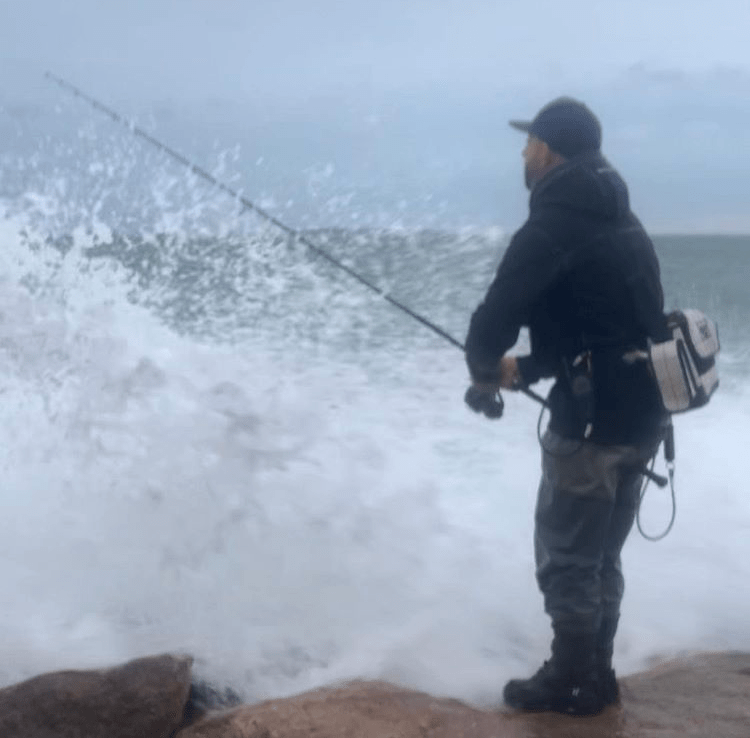

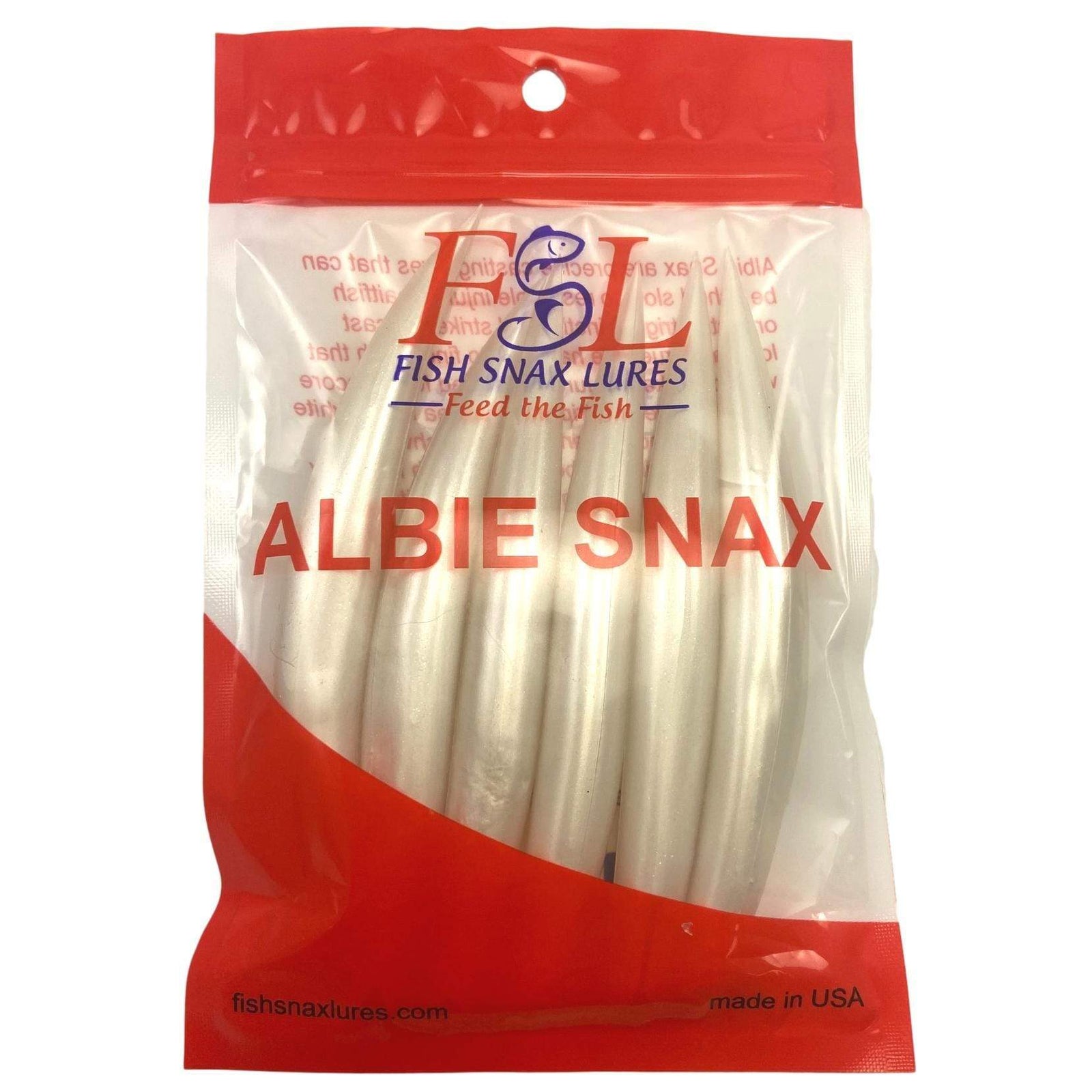

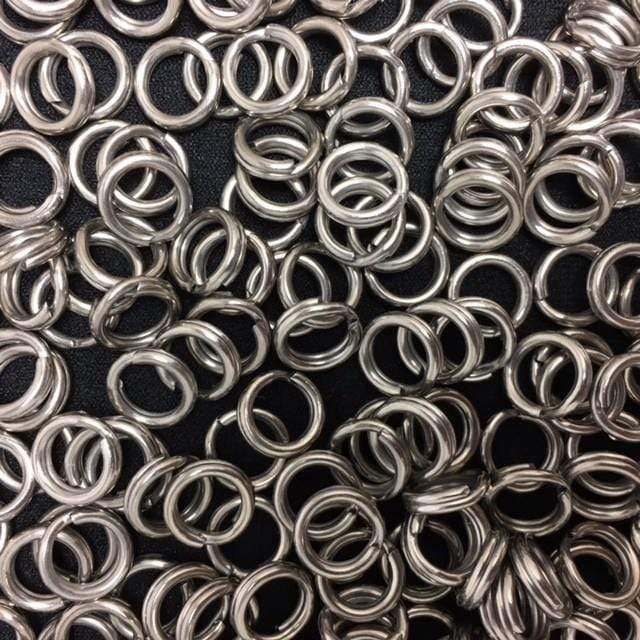
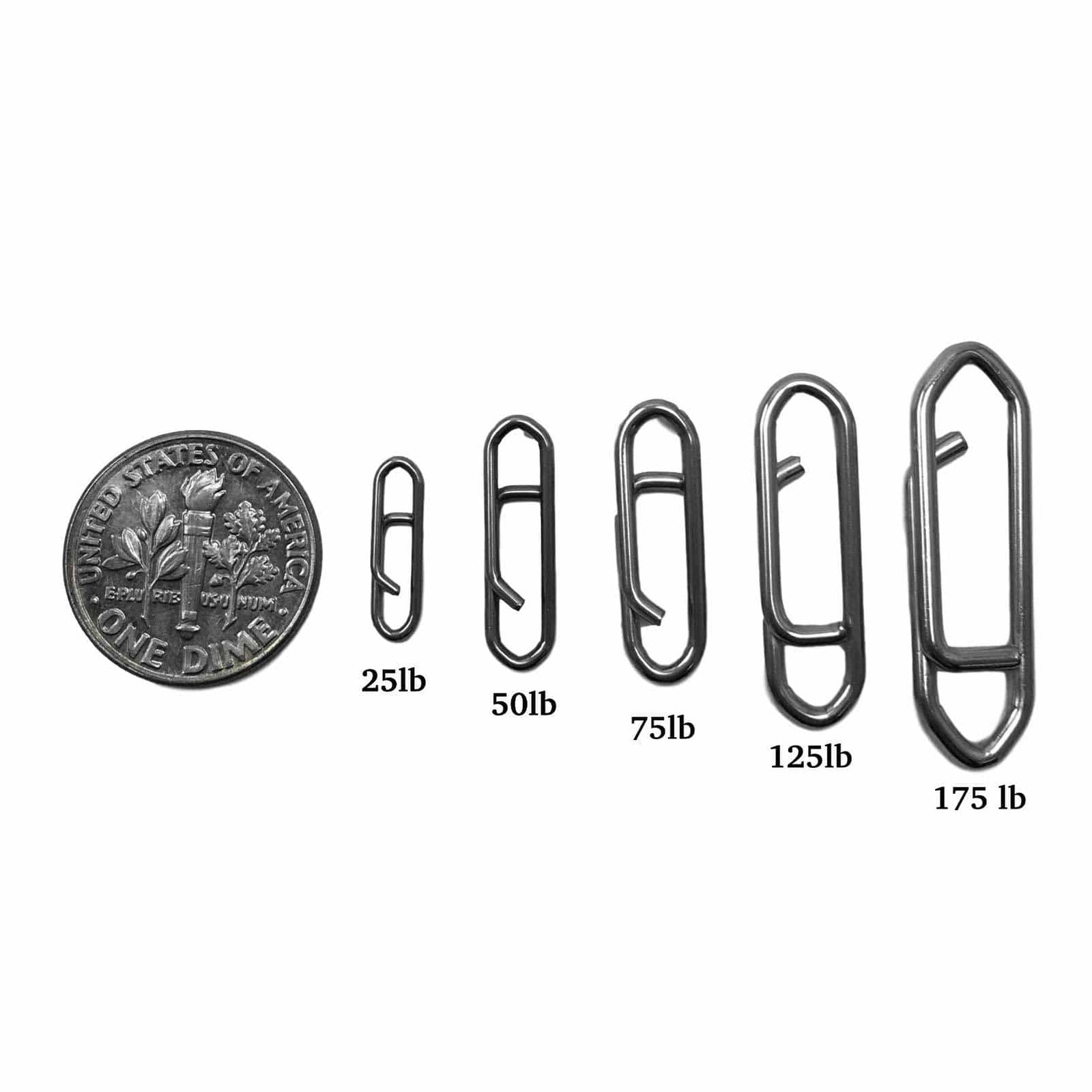

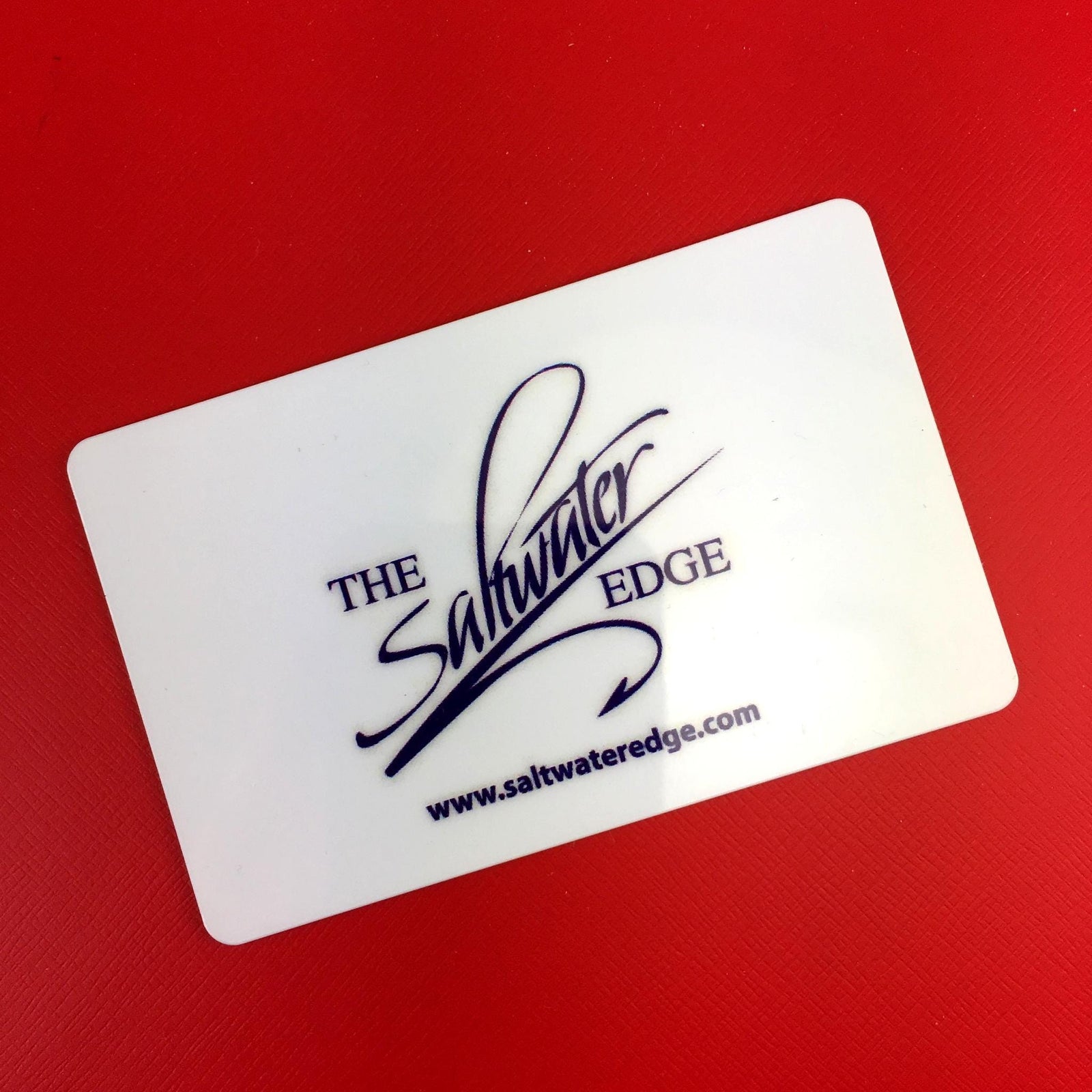
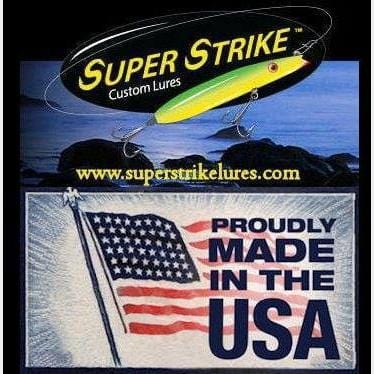

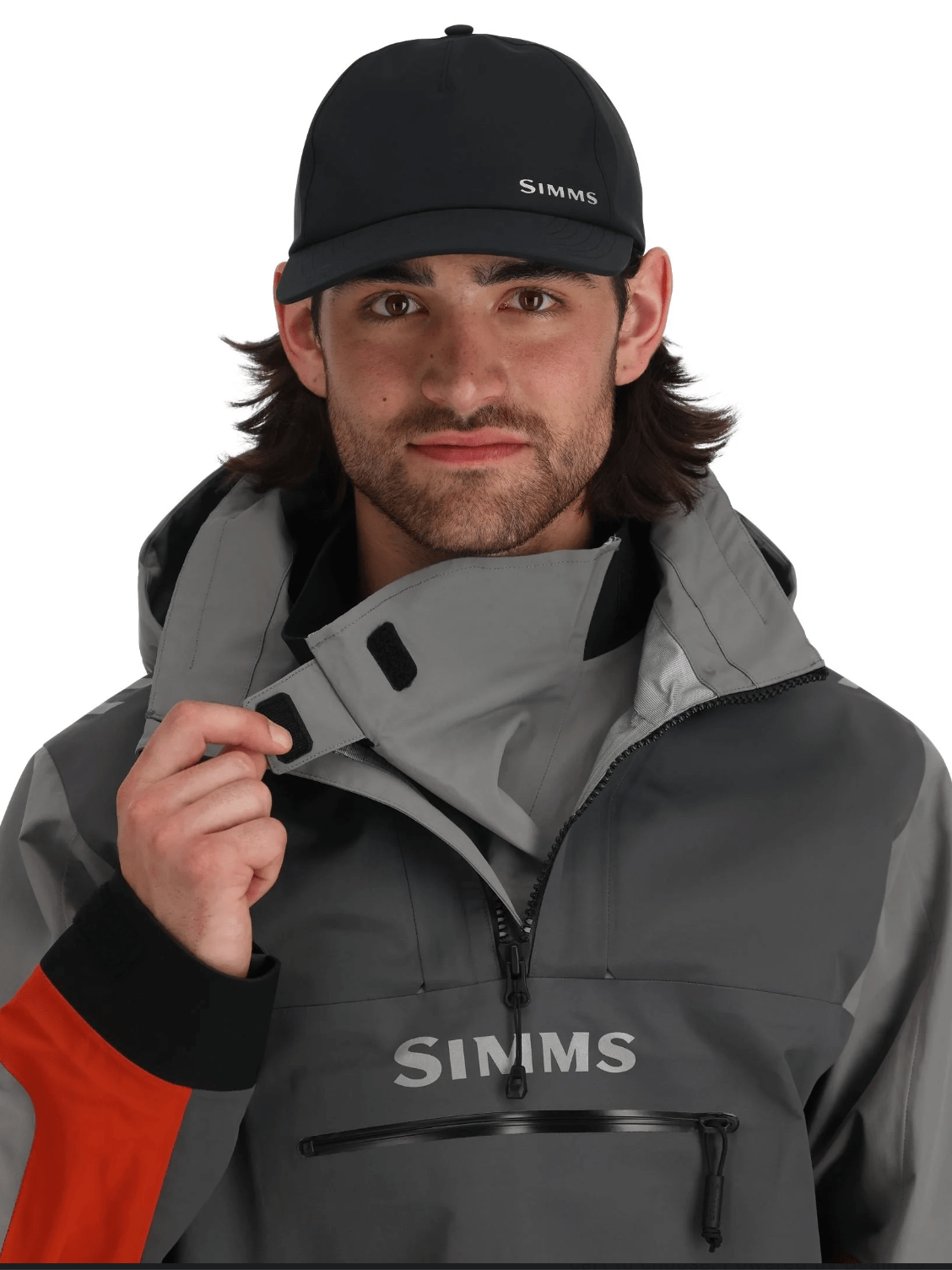

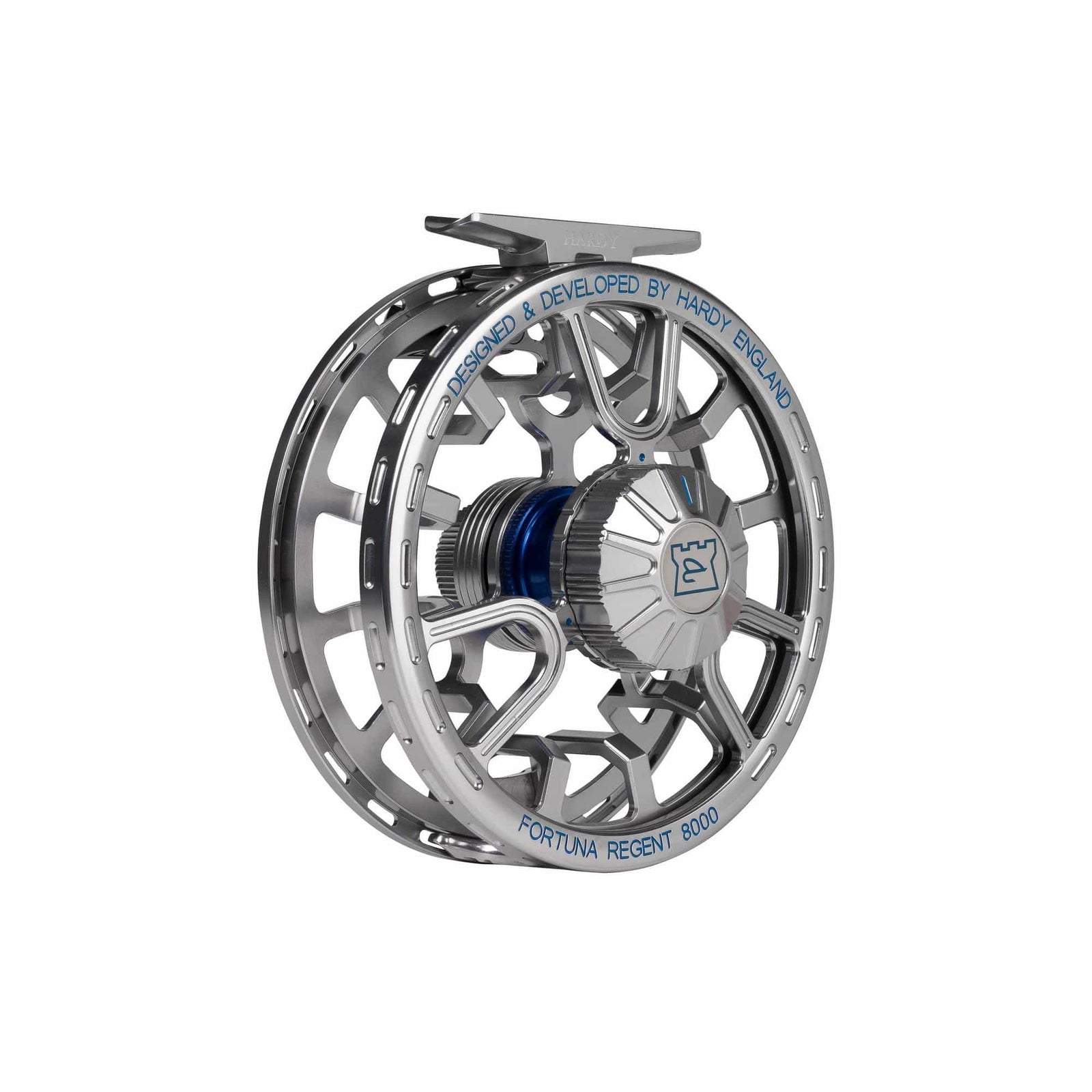
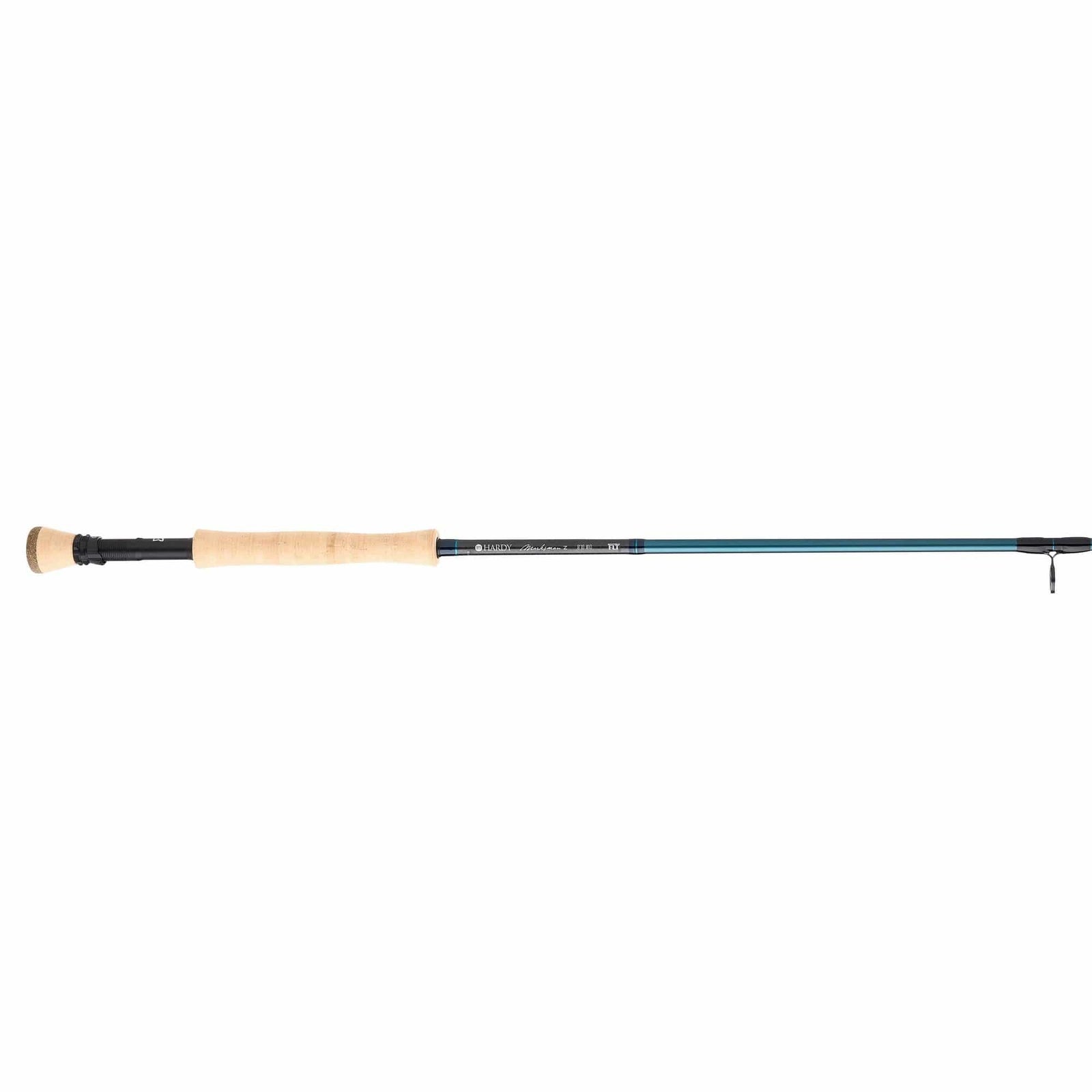
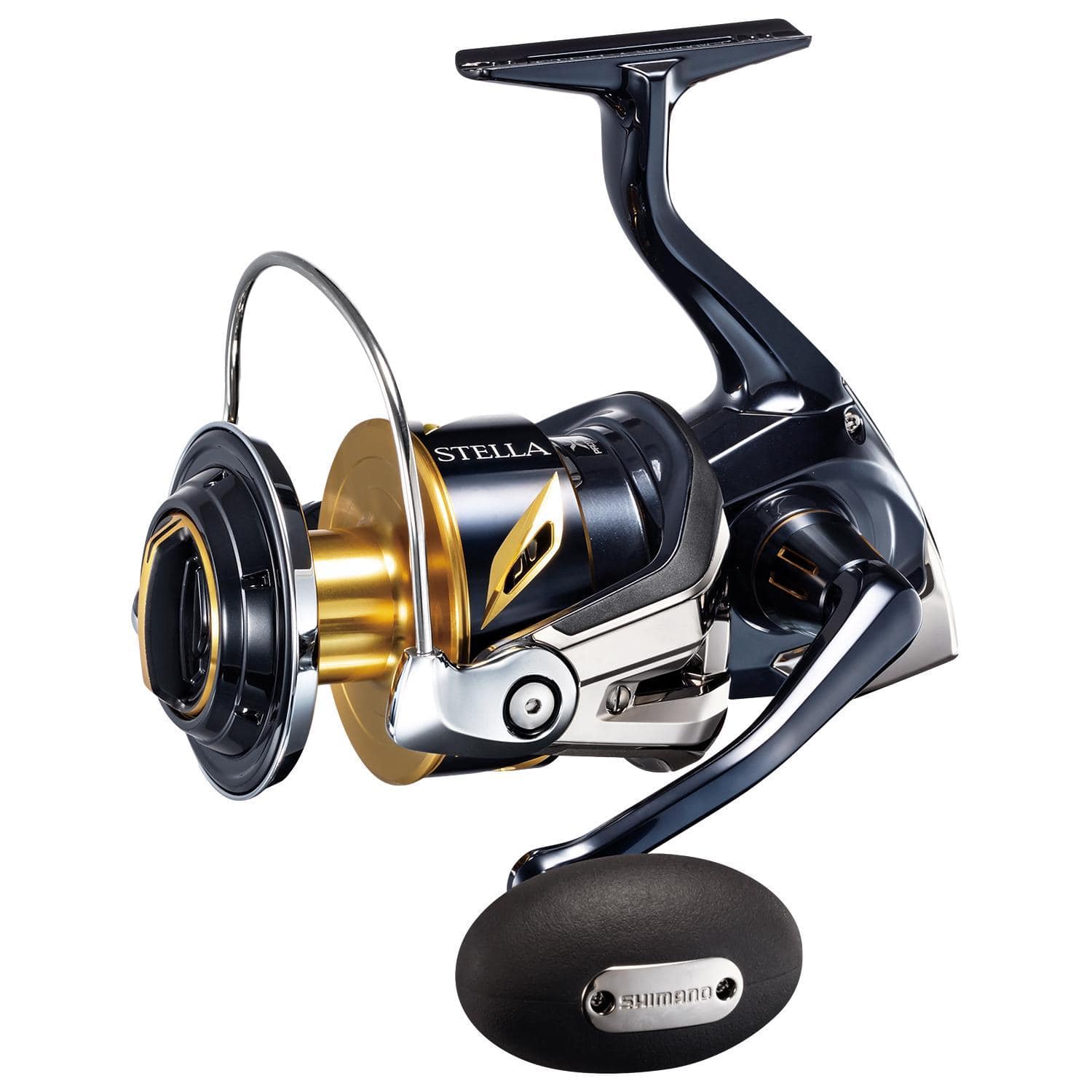
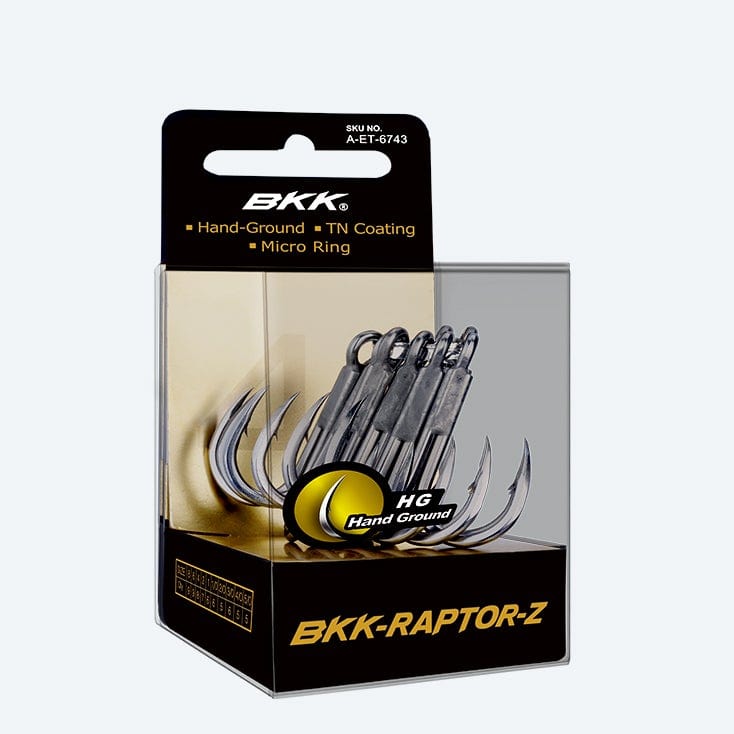
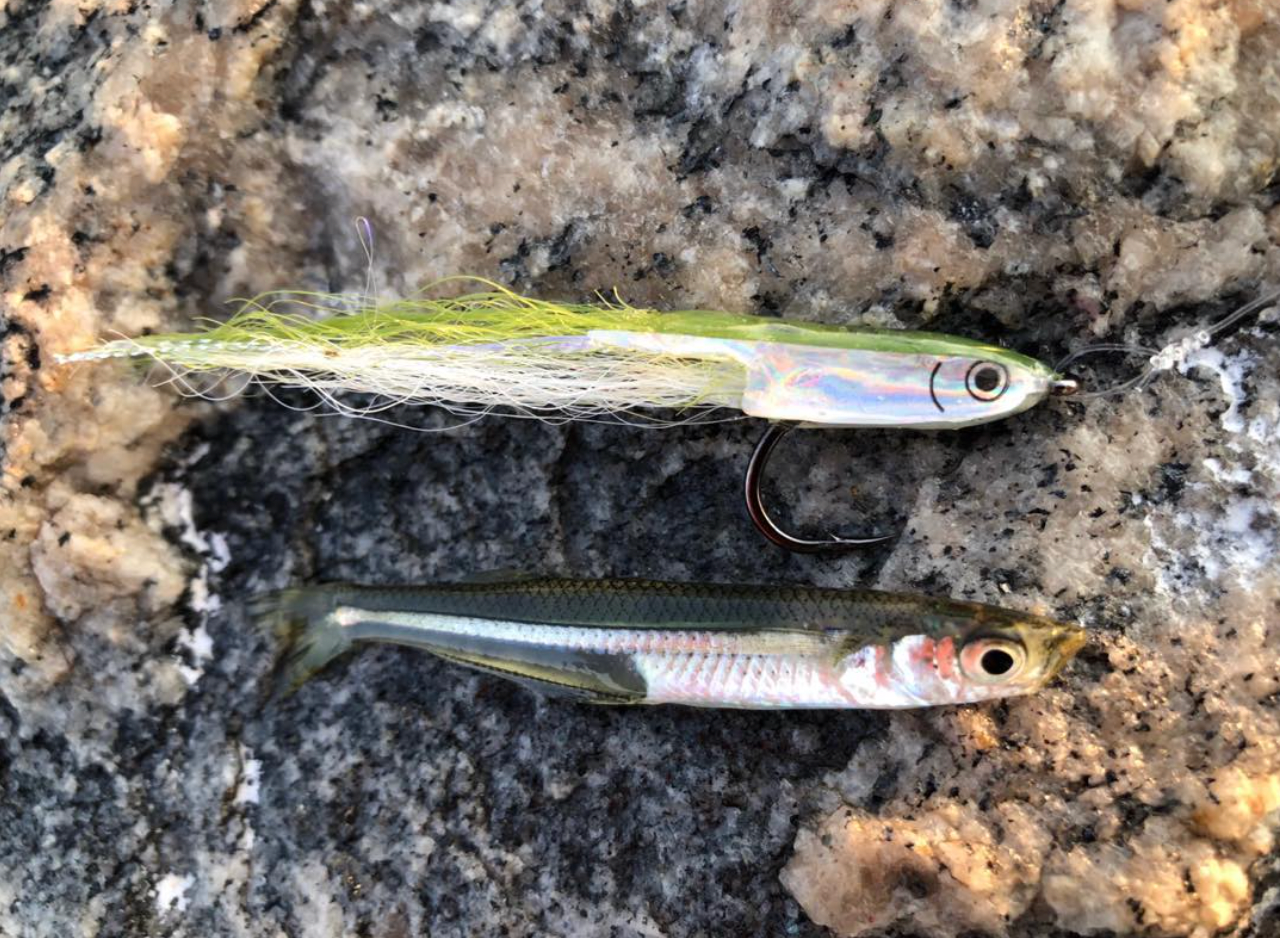
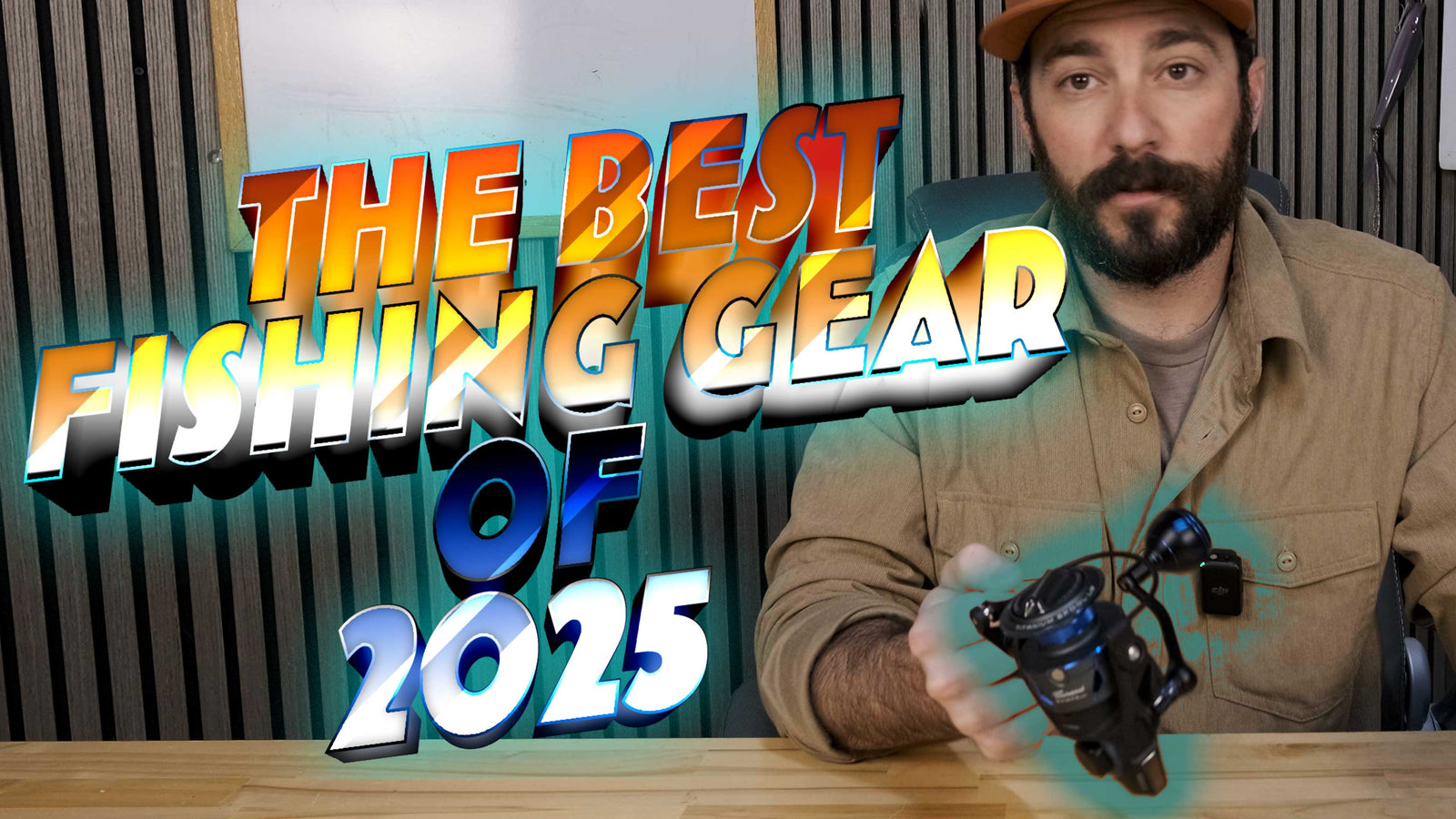


Brian Comfort
September 04, 2024
Excellent job, Coby! Great stuff here. Thanks!